Chakra Archimedes-2012.04, the second iteration of the latest stable edition of Chakra, a desktop Linux distribution forked from Arch Linux, was released just this week. April 16 to be exact.
The first stable edition of Archimedes was released back in February this year. You may read the review at Chakra GNU/Linux 2012.02 Archimedes review.
Aside from the usual kernel and software updates or upgrades, there is very little difference between Chakra Archimedes-2012.04 and Chakra Archimedes-2012.02. So this review will not be as comprehensive as the one published in February, but for those new to Chakra, here are the major features of this distribution:
For starters, Chakra uses the K Desktop Environment, and that is the only desktop environment supported by the distribution. It styles itself as a “pure” KDE distribution, with essential, non-native KDE applications offered as Bundles, a system designed to give you access to your favorite GTK applications “in a pure environment, without actually installing any file into your system.”
Before I get too far into the applications, a visit at the installation process is in order. Starting from the boot menu, this is what it looks like. Actually, this is the second step. The first step gives you a list of languages to choose from. The default is American English.

The installer itself, called Tribe, is still a work in progress. All software applications are a work in progress, but Tribe is not even in beta yet. Officially, it is alpha software. But it works, albeit with a tendency to crash during the disk partitioning phase. That step is the weakest aspect of Tribe, as it also does not have an automated disk partitioning mode. So you need to know how to create partitions in Linux manually, if you want to install Chakra successfully. If you are new to disk partitioning in Linux, you might want to read guide to disks and disk partitions in Linux before any attempt to install Chakra. After that, reading GPT disk partitioning guide for Chakra 2011.4 will make the process a lot easier. Though that article was written for an earlier edition of Chakra (Chakra Edn), the process still applies to Chakra Archimedes.

One other aspect of Tribe that deserves some mention is the user account creation step. It is similar to the same step on YALI, the installation program of Pardus, another KDE-only Linux distribution. The little issue I have at this step is that automatic login is enabled by default. For security reasons, that is a no-no. There are situations where automatic login would be necessary, but that should be left to the end-user to enable.

Ok, so we now know what the installer looks like, and that Chakra uses KDE, what else do we need to know about this new release? Well, it features Linux kernel 3.2.8, with kernel 3.0.2 as an option, and KDE 4.8.2, the very latest and stable version of KDE, which was released on April 4. If you are new to Chakra, one very good thing you need to know about it, is that it is a semi-rolling distribution. What that translates into in simpler terms, is that once installed, you never need to re-install it, even when a new edition becomes available. That, is a very good feature.
So, this is what the default desktop looks like.
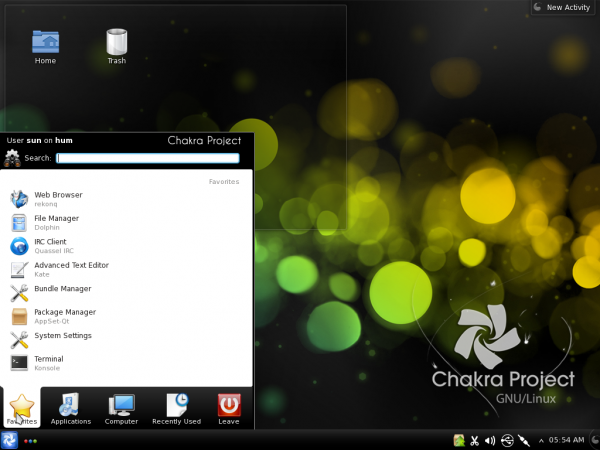
And this is a default view of Dolphin, the file manager.

This is what the customized desktop on one of my test installations look like. Takeoff Launcher replaced the default Kickoff menu.

And this is what Dolphin on that customized installation looks like. ROSA theme replaced the default Oxygen theme. If you like these icons better than the default, how to replace Oxygen with ROSA theme on any KDE-powered distribution will show you how to get them.


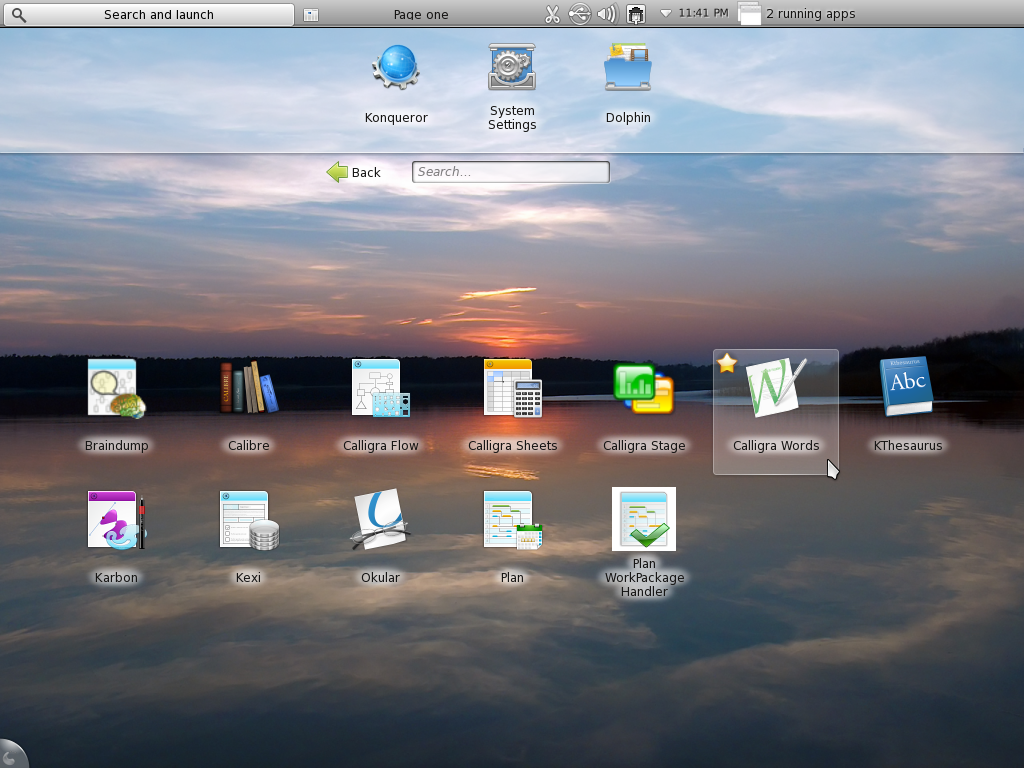
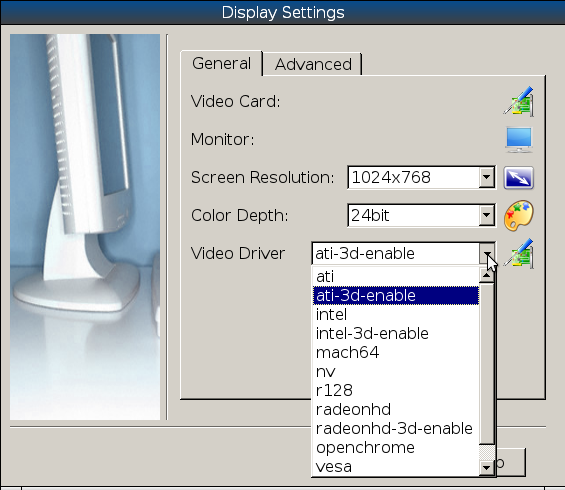

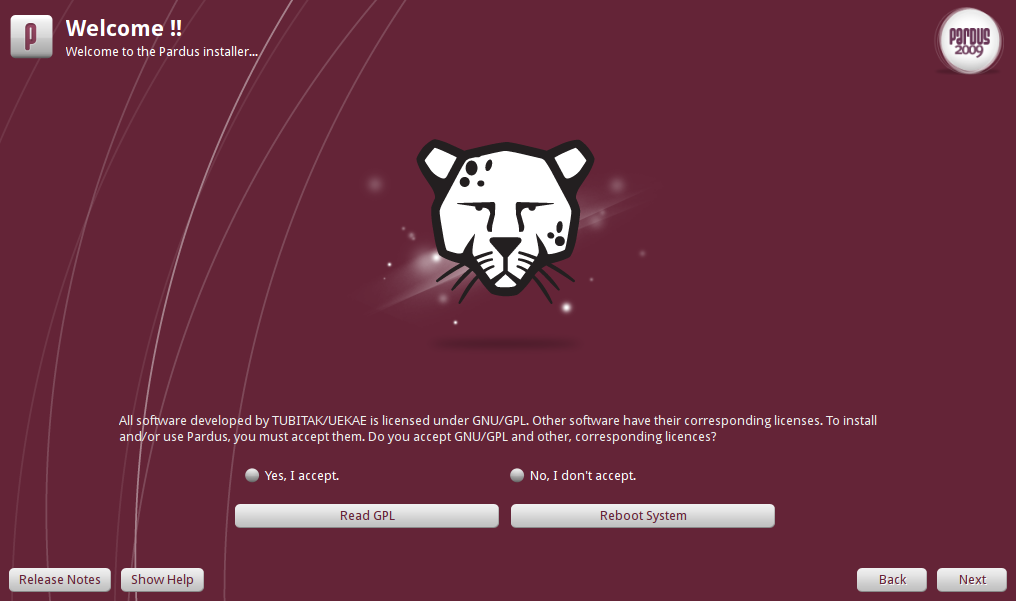
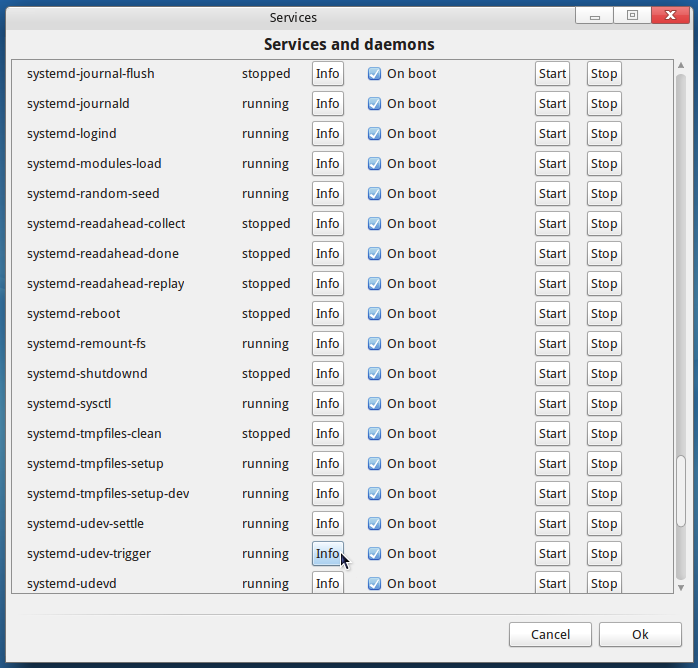


Thank you for the only honest review of Chakra I read so far. It pretends to be Century-21, but CLI is so last century.
“which earns Chakra Archimedes-2012.04 the dubious distinction of being the only desktop distribution that shipped without a graphical package manager installed.” Say what? I don’t see a graphical manager on my Arch (which Chakra was originally based but has since moved away) box’s. There is too much misinformation about the GNU/Linux world.
That should have been written “which earns Chakra Archimedes-2012.04 the dubious distinction of being the only desktop distribution reviewed on this website (or that I am aware of) that shipped without a graphical package manager installed.”
But are you really proud that your “Arch box’s (sic)” do not have a graphical package manager?
I see, thanks for the clarification. As long as we’re being candid they do make a GUI frontend for (arch) pacman it’s just not installed by default (or much of anything else). The Chakra pacman frontend was removed due to problems maybe Akabei (Chakra’s upcoming PM) will hopefully increase the distro’s appeal to you.
LOL! I’m always proud using Arch Linux. Perhaps honored is the more appropriate word.
Chakra should not be released until the installer Tribe is stable or at least on Beta Phase, because Tribe crashes during the disk partitioning phase and that is very annoying and also a pain in the neck.
Thanks for taking the time for this very accurate review. Chakra keeps offering new ISO’s, about every 6-8 weeks, because of the rolling release nature of the distro. Any new user installing a version older then that, will run in some difficulties doing the first system update ( with any rolling release, it is recommended to update about every 1-2 weeks). This release was no exception to that, it was needed for new users to be step into the release cycle easily.
But as noted, for this release, for many it will look like a major regression, no GUI for package-management. Pacman was never designed for a GUI, and any graphical package manager Chakra has used over the years, has had major flows. That is one of the reason for developing a new package manager, which is nearing it’s first alpha release. Until that new package manager is fully functional and stable, there will be no GUI for package management in Chakra, certainly not in the next release, some 6-8 weeks from now.
I’m glad to see that people keep making different distributions of Linux, sometimes the big players really go awry, like with gnome 3. My biggest thing though is making sure I have a distribution which is compatible with the big gaming sites like dotdeb.com